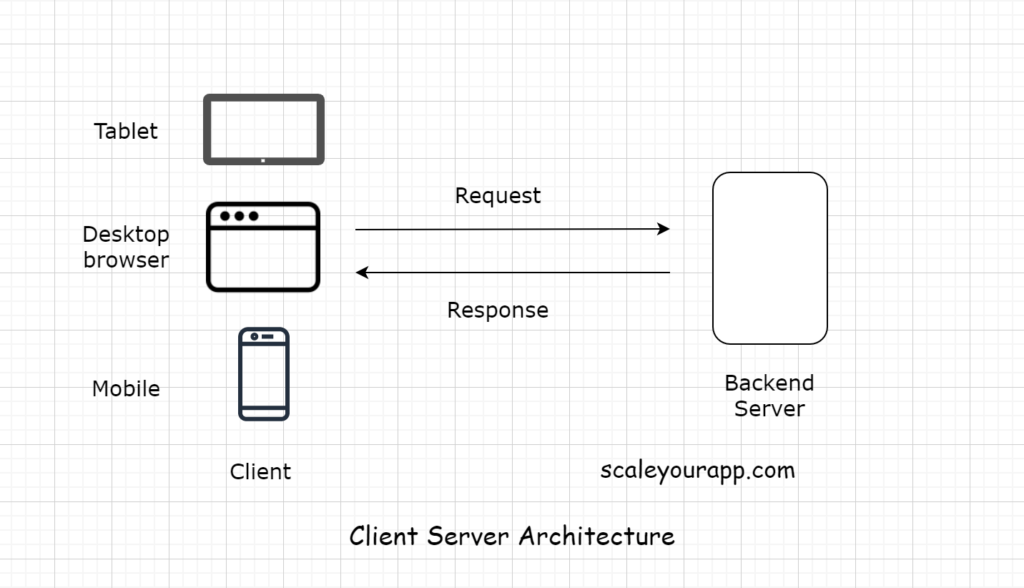A two-tier application involves a client and a server. The client contains the user interface with the business logic in one machine. Meanwhile, the backend server includes the database running on a different machine. The database server is hosted by the business and has control over it.

Why do we need two-tier applications? Why not host the business logic on a different machine and have control over it too?
Also, again isn’t the application code vulnerable to being accessed by a third person?
The need for two-tier applications
Well, yes! The code is vulnerable. However, there are use cases where two-tier applications come in handy, for instance, a to-do list app or a similar planner or a productivity app.
In these scenarios, even if the code is accessed by a third person, it won’t cause the business much harm. On the contrary, since the business logic and the user interface reside in the same machine, there are fewer network calls to the backend server. This keeps the latency of the application low, proving to be an upside.
Taking a to-do list app as an example, the application makes a call to the database server only when the user has finished creating their list and wants to persist the data.
Another good example of two-tier apps is the browser and mobile app-based games. The game files are pretty heavy, and they only get downloaded on the client once when the user uses the application for the first time. And they make the network calls to the backend only to persist the game state.
Additionally, fewer server calls mean less money spent to keep the servers running, which is naturally economical. However, picking this tier type for our service largely depends on our business requirements and the use case. When designing our system, we can choose to keep the user interface and business logic on the client or move the business logic to a dedicated backend server, making it a three-tier application that we will learn in the lesson up-next.
Leave a Reply